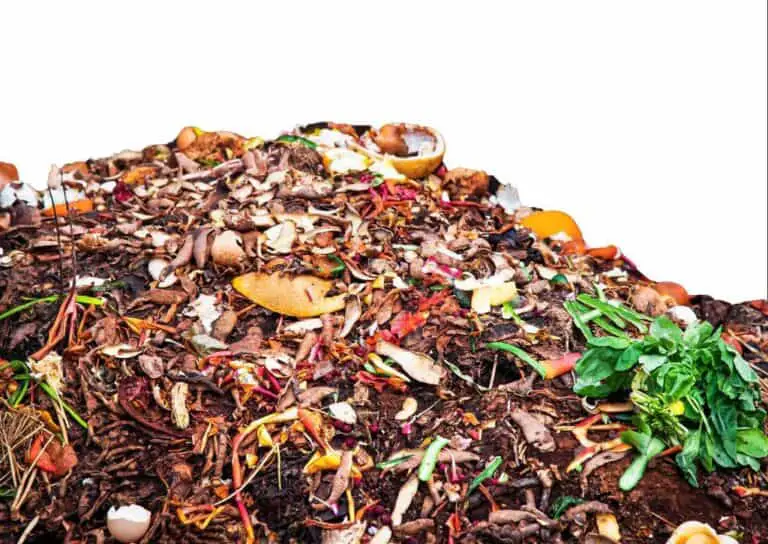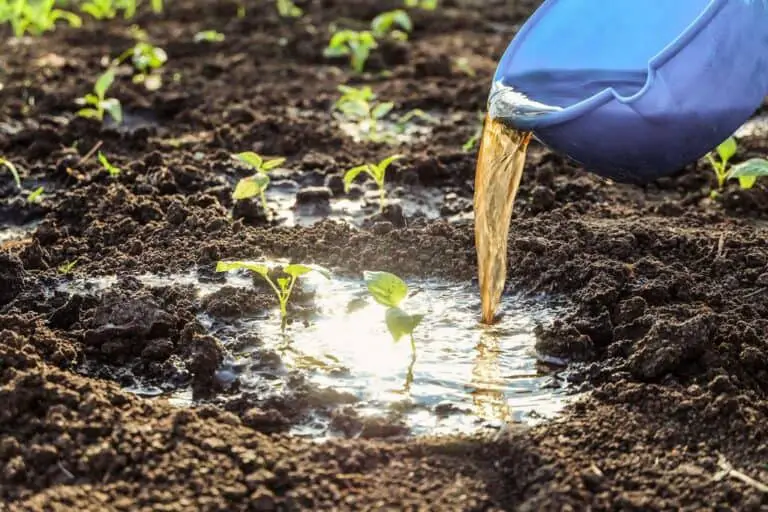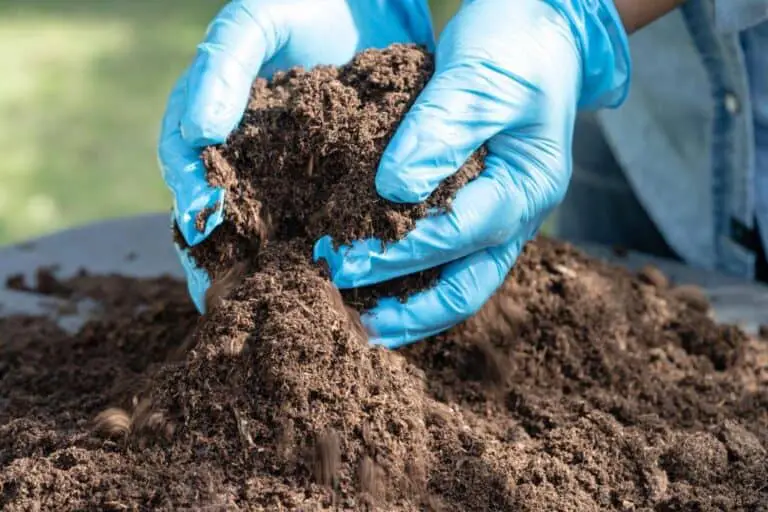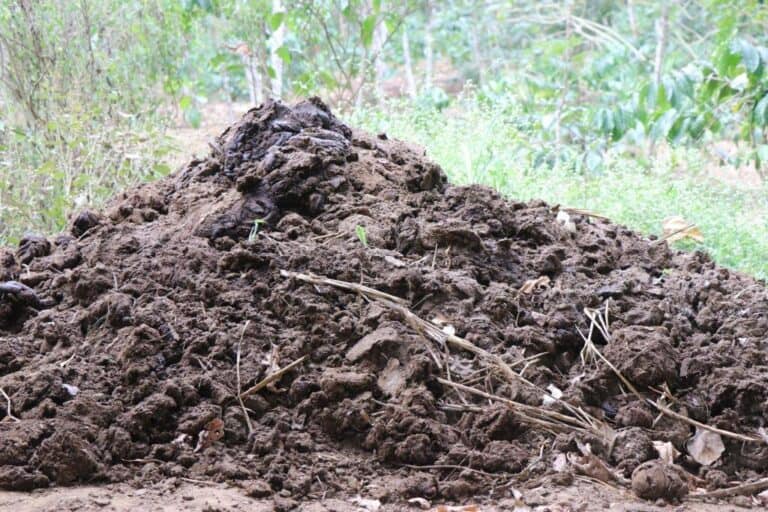Your Ultimate Guide to Stabilizing and Enhancing Black Cotton Soil

In the realm of soils, black cotton soil stands apart with its intriguing blend of promise and predicament. Often referred to as “expansive clay soil,” its notorious propensity to swell and shrink presents challenges to construction, agriculture, and beyond. Yet, within this enigmatic nature lies the opportunity for transformation. Welcome to our comprehensive guide, where we unravel the secrets of stabilizing and enhancing black cotton soil.
From towering infrastructure to flourishing crops, the stabilization of black cotton soil holds the key to unlocking its latent potential. In this journey, we’ll delve into an array of techniques – from chemical and mechanical interventions to the power of vegetation. You’ll discover how to mitigate the soil’s unruly behavior, bolster its strength, and channel its innate attributes for the betterment of diverse applications.
Join us as we embark on an illuminating exploration of black cotton soil, charting a course towards stability, resilience, and newfound growth.
Introduction to Black Cotton Soil
Black cotton soil is a type of soil characterized by its high clay content, which gives it a dark color and remarkable plasticity. Found in regions with arid to semi-arid climates, this soil type is known for its unique behavior of expanding when wet and contracting when dry.
Black cotton soil has significance in both construction and agriculture. In construction, it can provide a stable base for foundations, roads, and structures. In agriculture, it has the potential to retain moisture and nutrients, benefiting crop growth. However, working with this soil comes with its own set of challenges.
The challenges associated with black cotton soil arise from its distinctive behavior. When wet, it swells significantly, leading to cracks in structures. Conversely, during dry spells, it contracts, potentially causing foundation settling. Moreover, its poor drainage can result in waterlogging, which hampers cultivation and irrigation.
Learn: What Is Black Cotton Soil?
Understanding Soil Stabilization
Soil stabilization is the process of improving soil properties to enhance their engineering and agricultural suitability. It involves altering the soil’s physical, chemical, or biological characteristics to make it more reliable and adaptable.
Various methods are employed to stabilize soils, and these techniques find particular relevance when dealing with black cotton soil. Mechanical methods involve compaction and preloading to increase soil density. Chemical methods, like using lime, cement, or fly ash, chemically alter the soil structure. Geosynthetic solutions such as geogrids and geotextiles provide reinforcement. Additionally, biological approaches employ vegetation or microbial agents to enhance soil stability.
Stabilizing black cotton soil is crucial for overcoming its inherent challenges and capitalizing on black cotton soil’s advantages. Proper stabilization minimizes its shrink-swell behavior, which in turn reduces the risk of structural damage in construction projects. In agriculture, stabilized soil improves water drainage, curbs waterlogging, and aids crop growth.
Properties of Black Cotton Soil
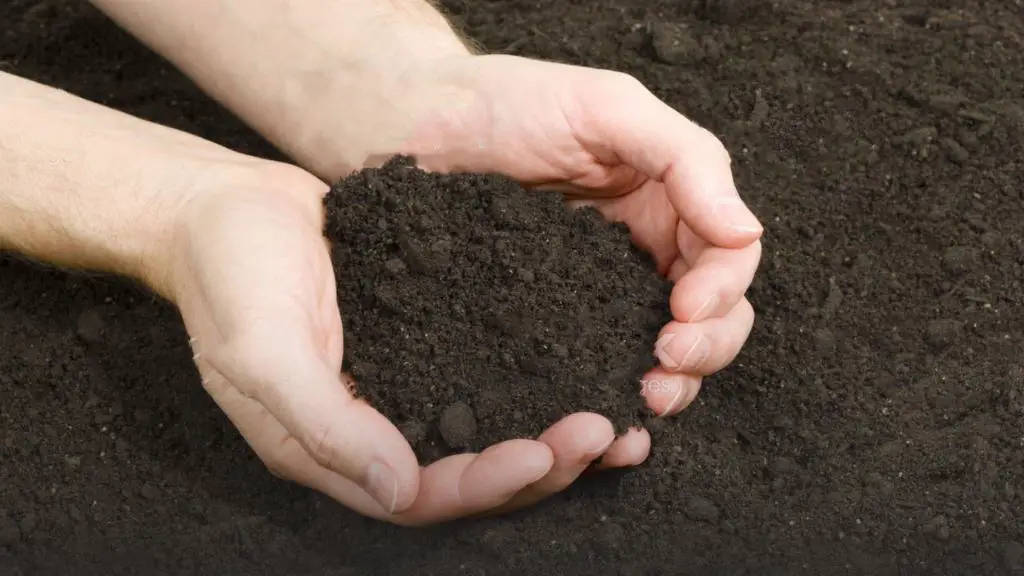
Black cotton soil’s physical properties encompass its texture, structure, and moisture retention capabilities. The fine clay particles give it a smooth texture, while its structure enables it to hold moisture for extended periods. However, this property also contributes to its shrink-swell behavior.
The soil’s chemical properties involve its mineral composition and cation exchange capacity (CEC). Rich in minerals like montmorillonite, the soil has a high CEC, allowing it to retain nutrients. This quality can be both advantageous and challenging in agriculture.
Black cotton soil’s geotechnical properties are significant in construction. Its low bearing capacity makes it less suitable for heavy structures, necessitating stabilization for load-bearing purposes. The shrink-swell behavior can lead to structural damage if not properly managed.
Challenges in Working with Black Cotton Soil
The soil’s most notable challenge lies in its shrink-swell behavior. As it absorbs water, it swells, and as it dries, it contracts. This movement can exert substantial pressure on structures, causing cracks and instability.
During heavy rainfall, the lack of proper drainage can lead to erosion and sedimentation. The soil’s cohesive nature can result in surface runoff, washing away the topsoil and causing erosion-related problems.
The poor drainage of black cotton soil creates difficulties in cultivation and irrigation. Excess water retention inhibits root growth and affects nutrient availability, ultimately impacting agricultural productivity.
Soil Stabilization Techniques for Black Cotton Soil
1. Mechanical Methods
Mechanical methods involve compacting the soil through heavy machinery or applying preloading techniques. Compaction increases soil density, reducing its susceptibility to expansion and contraction.
2. Chemical Methods
Lime, cement, and fly ash stabilization involve introducing these materials to the soil. They react with the soil’s minerals, altering their properties and enhancing stability. This method effectively mitigates the shrink-swell behavior.
The table below outlines the benefits of each additive:
| Additive | Benefits |
| Lime | Increases plasticity, reduces swelling potential |
| Cement | Enhances compressive strength, improves stability |
| Fly Ash | Reduces plasticity, increases durability |
3. Geosynthetic Solutions
Geosynthetic solutions like geogrids and geotextiles are embedded within the soil to provide reinforcement. They distribute stress, improve load-bearing capacity, and prevent structural damage.
3. Biological Approaches
Using vegetation or microbial agents like mycorrhizal fungi can improve soil structure and stability. Plant roots bind the soil particles, reducing its propensity to shrink and swell.
This comprehensive guide sheds light on black cotton soil, its challenges, and the significance of stabilization techniques. By understanding its properties and adopting appropriate measures, we can harness the potential of this soil while minimizing its drawbacks. Whether in construction or agriculture, the proper management of black cotton soil can pave the way for sustainable development and increased productivity.
Benefits of Black Cotton Soil Stabilization
Soil stabilization is the key to unlocking the potential of black cotton soil while mitigating its challenges. Here’s how it can transform this complex soil type:
1. Improved Load-Bearing Capacity for Construction
Stabilization techniques enhance the soil’s ability to bear heavy loads. This is crucial for construction projects where stable foundations are essential. By improving the soil’s structural integrity, stabilization ensures the longevity and safety of buildings, roads, and other structures.
2. Reduced Soil Erosion and Waterlogging in Agriculture
In agriculture, stabilizing black cotton soil can significantly reduce soil erosion and waterlogging issues. The enhanced stability of the soil prevents surface runoff during heavy rains, minimizing soil erosion. Additionally, improved drainage helps prevent waterlogging, ensuring optimal conditions for plant growth.
3. Minimized Shrink-Swell Behavior, Leading to Less Structural Damage
One of the most significant advantages of stabilization is its ability to minimize the shrink-swell behavior of black cotton soil. By controlling the soil’s expansion and contraction, stabilization reduces the risk of cracks in structures and prevents foundation settling, enhancing the durability of construction projects.
Can Black Cotton Soil Be Used for Agriculture Without Stabilization?
Black cotton soil is highly favorable for the cultivation of cotton due to its high clay content and black color, which is a result of the presence of titaniferous magnetite. It is rich in nutrients like calcium, carbonate, potash, lime, iron, and magnesium, and holds moisture well, making it ideal for growing cotton plants.
However, black cotton soil has its own unique set of characteristics, such as a low content of phosphorus, nitrogen, and organic matter, which can make it less fertile in upland areas. Additionally, the soil’s high clay content can make it difficult for plant roots to penetrate and grow, leading to stunted growth and reduced crop yields.
While black cotton soil is not considered suitable for the building of houses or the construction of roads without stabilization, it can be used for agricultural purposes without stabilization. Adding lime and glass fiber as stabilizing materials can strengthen the soil for the construction of high-rise buildings. However, proper soil conservation practices should be followed to manage black cotton soil for optimal agricultural use.
Conclusion
Black cotton soil, with its unique characteristics, presents both challenges and opportunities. By employing the right stabilization techniques – whether chemical, mechanical, or vegetative – the soil’s expansive nature can be harnessed for constructive purposes.
The benefits of stabilization extend from stronger foundations to improved agricultural yield and erosion control. However, careful consideration of soil analysis, local conditions, and construction methods is crucial for a successful stabilization endeavor.
By delving deep into the art of stabilization, we have learned to strike a delicate balance, understanding that while our aim is to improve soil bearing capacity, we must also tread lightly to preserve the delicate equilibrium of the ecosystem. Through the lens of sustainable construction on clay soils, we have witnessed the transformative power of informed decision-making, as we merge innovative techniques with respect for the soil’s inherent character.
Our exploration of clay soil stabilization methods has illuminated a path towards harmony – one that marries modern engineering with the age-old wisdom of the earth. As we reflect on the journey we’ve undertaken, we stand armed with the knowledge to stabilize black cotton soil, enhancing its strength while nurturing its life-giving properties.
With this guide in hand, you’re well-equipped to embark on a journey that transforms black cotton soil into a valuable resource.
FAQs on How to Stabilize and Enhance Black Cotton Soil
What is the best method to stabilize black cotton soil?
The choice depends on factors like project type and budget. Chemical additives like lime or cement, mechanical compaction, and vegetative methods are common approaches.
How does soil stabilization affect the environment?
Chemical additives might have environmental implications if not managed properly. Careful material selection and disposal are crucial to minimizing any negative effects.
What are the challenges faced when building on unstabilized black cotton soil?
Unstabilized black cotton soil’s volume changes can cause foundation cracks, affecting the structural integrity and longevity of buildings.
Are there any natural ways to stabilize black cotton soil?
Vegetative cover, including deep-rooted plants, helps stabilize black cotton soil naturally by binding particles and enhancing soil structure.
Is black cotton soil suitable for constructing buildings without stabilization?
Constructing on unstabilized black cotton soil poses risks due to its expansive nature. Stabilization is recommended for lasting and safe construction.
What role do climatic conditions play in the behavior of black cotton soil?
Rainfall and moisture levels directly influence the black cotton soil’s expansion and contraction. High moisture leads to swelling, affecting stability and structures.
Are there any disadvantages to over-stabilizing black cotton soil?
Excessive stabilization might make the soil too rigid, impacting drainage and root penetration, potentially harming plant growth and ecosystem balance.
Can I stabilize black cotton soil using locally available materials?
Yes, locally available materials like lime or natural fibers can be used for stabilization, reducing costs and environmental impacts.
How long does the effect of soil stabilization typically last?
The longevity of stabilization depends on factors such as soil type, quality of stabilization, and maintenance. Generally, it can last for many years with proper care.

